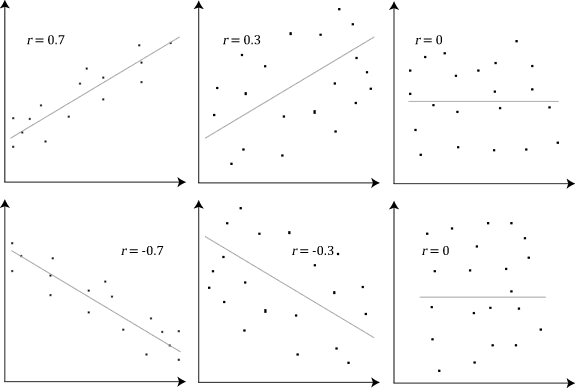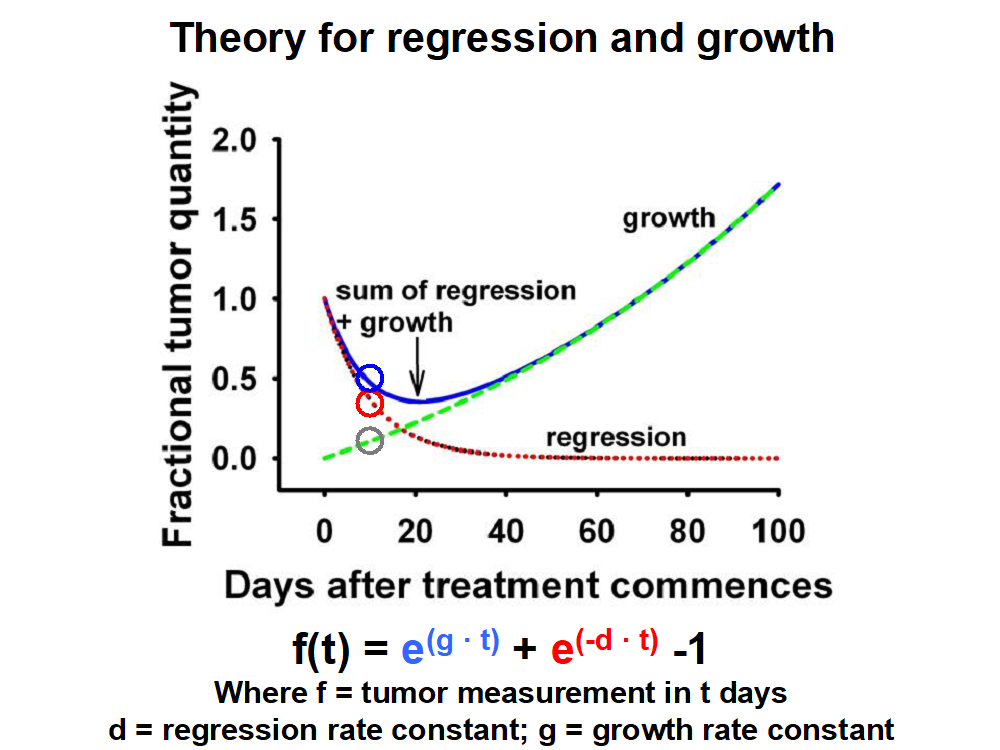Statistics Glossary
Statistics Glossary
Hello, my name is Thuvaragan Sellathurai, I'm 19 years old and, I live in Laval. I have been studying at Montmorency College for over 2 years and I study Social Science- Commerce. My field study is statistics. I have made a glossary that can help new comers to this program learn the basics of statistics. All of the words in this glossary are really important notions in statistics and used a lot in this field. These words will help understand the hardest notions of statistics. By knowing and understanding these words, you will understand the basics of statistics really easily.
- average
- noun
- A number expressing the central or typical value in a set of data, in particular the mode, median, or (most commonly) the mean, which is calculated by dividing the sum of the values in the set by their number.
- Example: The demographic information shows that the population increased but the average income went down.
- fr: moyenne

- bias
- noun
- A systematic distortion of a statistical result due to a factor a not allowed for in its derivation.
- Example: These individuals may have some similar characteristics, which would also make this group a biased and non-representative group for his research.
- fr: biais

- correlation
- noun
- A quantity measuring the extent of the interdependence of variable quantities.
- Example: There was a positive correlation between the number of months elapsed since a patient's most recent attack and amylase secretion.
- fr: corrélation

- covariance
- noun
- The mean value of the product of the deviations of two variates from their respective means.
- Example: The covariance between the returns of two different securities may be estimated in a similar manner.
- fr: covariance
- dendrogram
- noun
- A tree diagram, especially one showing taxonomic relationships.
- Example: As presented by the phylogenetic tree, Asian had a convergence with European first, and grouped together with African. Beninese which came from Africa was on the top of the dendrogram.
- fr: dendrogramme

- deviation
- noun
- The amount by which a single measurement differs from a fixed value such as the mean.
- Example: Eighty-two percent of the papers are published within one standard deviation on either side of the mean.
- fr: déviation
- distribution
- noun
- The way in which something is shared out among a group or spread over an area.
- Example: It is the parameter of distribution.
- fr: distribution

- estimator
- noun
- A rule, method, or criterion for arriving at an estimate of the value of a parameter.
- Example: The conditional density and the conditional mean are estimated by non-parametric method. Then, the estimator of the parameter is proposed by the generalized method of moments.
- fr: estimateur
- histogram
- noun
- A diagram consisting of rectangles whose area is proportional to the frequency of a variable and whose width is equal to the class interval.
- Example: This value is shown in the second bin from the left in the same histogram for comparison.
- fr: histogramme

- mode
- noun
- The value that occurs most frequently in a given set of data.
- Example: The mode of this graphic is 26.
- fr: mode
- outlier
- noun
- A data point on a graph or in a set of results that is very much bigger or smaller than the next nearest data point.
- Example: In this set of random numbers, 1 and 201 are outliers: 1, 99, 100, 101, 103, 109, 110, 201.
- fr: aberrant
- parameter
- noun
- A limit or boundary that defines the scope of a particular process or activity.
- Example: The parameter m is often chosen to be 0.3 which separates the resonant frequency by about 5% from the critical frequency.
- fr: paramètre
- percentile
- noun
- Each of the 100 equal groups into which a population can be divided according to the distribution of values of a particular variable.
- Example: Overall these students rank in the 21st percentile on the tests-that is, they did worse than 79 per cent of all children taking the test.
- fr: centile

- population
- noun
- A finite or infinite collection of items under consideration.
- Example: Ten per cent of the population lived in poverty.
- fr: population

- probability
- noun
- The extent to which an event is likely to occur, measured by the ratio of the favorable cases to the whole number of cases possible.
- Example: There is a 60% probability that the population will be infected with the disease.
- fr: probabilité
- quantile
- noun
- Each of any sets of values of a variate which divide a frequency distribution into equal groups, each containing the same fraction of the total population.
- Example: Thus, the line is a parametric curve with the parameter which is the (number of the) interval for the quantile.
- fr: quantile

- quartile
- noun
- Each of four equal groups into which a population can be divided according to the distribution of values of a particular variable.
- Example: In the lowest quartile, the mean age was only slightly older, 74, and 16 percent were men.
- fr: quartile

- regression
- noun
- A measure of the relation between the mean value of one variable (e.g., output) and corresponding values of other variables (e.g., time and cost).
- Example: Again, this was confirmed by the application of simple statistical regression analysis.
- fr: régression

- sample
- noun
- A portion drawn from a population, the study of which is intended to lead to statistical estimates of the attributes of the whole population.
- Example: The sample of people questioned was drawn from the university's student register and stratified by age and gender.
- fr: échantillon
- variance
- noun
- A quantity equals to the square of the standard deviation
- Example: For sensitivity analysis, we arbitrarily doubled the coefficient of fertilizer in the variance function.
- fr: variance